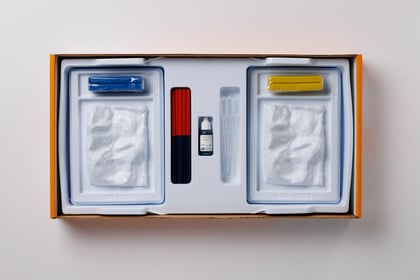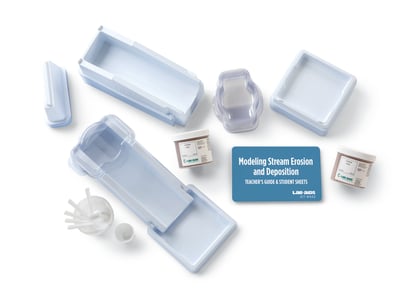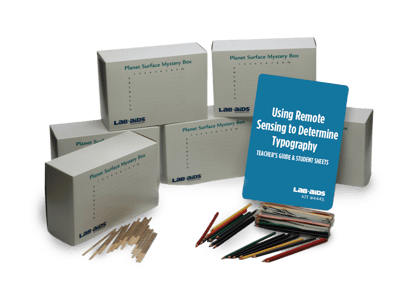Making and Interpreting Topographic Maps
This activity provides students with a basic understanding of topographic maps and how to interpret them. Students use a three-dimensional plastic model of landscape to construct a two-dimensional topographic map. This experience provides students with a better understanding of what contour lines represent and how to interpret them.
Details at a Glance
- 1-2 Days | 1-2 ~50 minute class periods
- 1 Activity
- Accommodates 5 classes, each with 6 groups of 4 students
- Consumables service 120 students
- Meets our criteria for supporting literacy
- Includes digital resources
- Developed in partnership with SEPUP
- Requires a water source
Scientific Concepts
Disciplinary Core Ideas
• MS-ESS2.A Earth’s Materials and Systems
Science and Engineering Practices
• Developing and Using Models
• Planning and Carrying Out Investigations
• Analyzing and Interpreting Data
Crosscutting Concepts
• Patterns
• Scale, Proportion, and Quantity
Key Vocabulary: contour interval, contour line, topographic map, topography
Guides & Student Sheets
Our kits and modules provide you with everything you need so you can open, review, and teach the material confidently the next day.
- Comprehensive Teacher Guide with background information, detailed instruction, example data and answers
- Student Sheets with age appropriate background information, full procedure(s), and analysis items
- Materials necessary for the investigation (beyond common classroom items)
- Safety Data Sheets
Kit Components
- 6 Topographic Basins
- 6 Transparent plastic lids
- 6 Dry erase markers
- 1 Blue food coloring, 15-mL drop-controlled bottle
- 1 Transparency 1: Street Map of Boomtown
- 1 Transparency 2: Topographic Map of Boomtown
- 1 Teacher's Guide and MSDS packet
- 28 Student Worksheet and Guides







